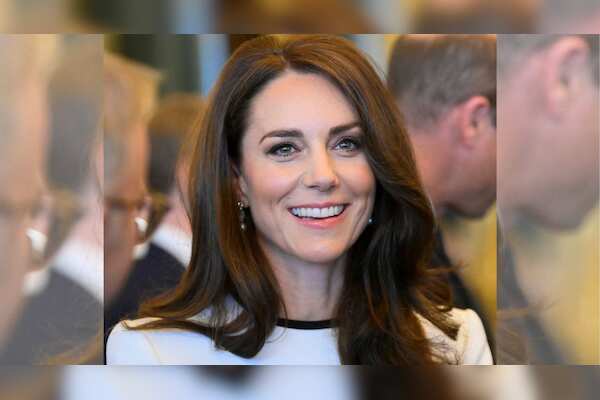As you enjoy your next martini at a fancy cocktail party or a cozy date night, take a moment to appreciate the science behind the bubbles that tantalize your taste buds. Physicists have recently discovered a groundbreaking technique for shaking a martini that not only enhances the flavor but also creates mesmerizing patterns within the cocktail itself.
A team of physicists at the University of Waterloo in Canada conducted a fascinating study on the effects of shaking a martini with varying ingredients.
Through their research, they uncovered a unique phenomenon where the physical properties of the drink interact with the shaking motion to produce intricate patterns that mirror the drink's composition.
The Remarkable Discovery
The journey to this innovative discovery began with physicist Zhaon Pan's serendipitous observation during a trip abroad. While sipping on a martini, he noticed a captivating display of bubbles swirling within his glass, forming complex patterns as he shook it gently.
Intrigued by this phenomenon, Pan and his team conducted experiments in the lab using a substitute cocktail made of water, glycerine, and food dye. By manipulating the mixture's 'Reynolds number,' which denotes the fluid's behavior based on its viscosity and flow speed, they uncovered a remarkable correlation between the ingredients and the resulting pattern.
For cocktails containing a high amount of syrup, characterized by a high Reynolds number, shaking the glass produced vortices that resembled elongated hearts when viewed from above.
This striking revelation opened up a realm of possibilities for exploring the intricate relationship between physics and mixology.
The Fusion of Science and Art
Mabel Song, a collaborator of Pan at the University of Waterloo, expressed her awe at the discovery, highlighting the harmonious blend of physics and mathematics that underlie the newfound phenomenon. Together, they captured stunning photographs of the mesmerizing patterns formed during the shaking process, showcasing the beauty and complexity of this scientific marvel.
"The emergence of a specific pattern in the cocktail's vortices hints at a deeper theoretical framework that governs this process. It's a captivating fusion of art and science that enriches our understanding of fluid dynamics," remarked Song, reflecting on their groundbreaking research.
Implications and Future Prospects
The implications of this discovery extend beyond the realm of cocktail making, offering insights into fluid dynamics and pattern formation across various scientific disciplines.
By unraveling the intricate interplay between ingredients and shaking techniques, physicists can enhance their understanding of complex systems and phenomena.
As the team prepares to present their findings at the American Physical Society's Division of Fluid Mechanics conference in Washington DC, anticipation is high for the scientific community to embrace this innovative approach to cocktail physics. The implications of this research could revolutionize the art of mixology and pave the way for new experiments and discoveries in the field.
In Conclusion
Next time you enjoy a martini, appreciate the subtle dance of bubbles within your glass and the intricate patterns that emerge when you shake it. The fusion of physics and mixology has unlocked a world of possibilities, showcasing the beauty and complexity of fluid dynamics in a cocktail glass.
With this groundbreaking research, physicists have opened new avenues for exploration and innovation in the realm of cocktail making, offering a fresh perspective on the age-old tradition of shaking up a martini.
Cheers to science, art, and the tantalizing allure of a perfectly shaken cocktail!
.png)









 English (US)
English (US)